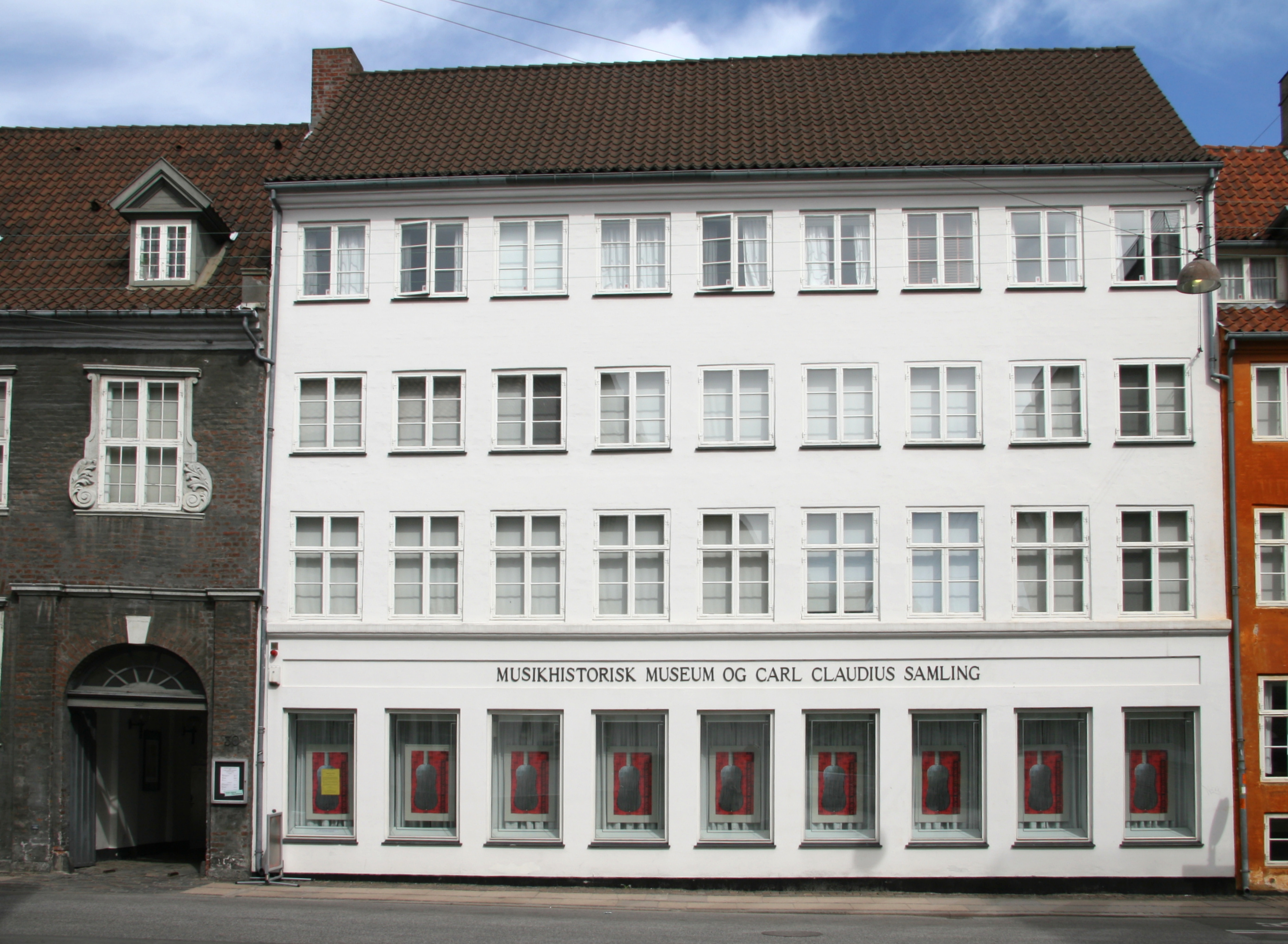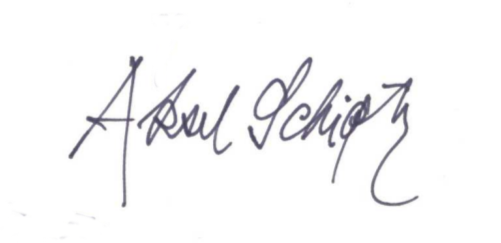|
The Danish Music Museum
The Danish Music Museum (Danish: ''Musikmuseet''; formerly ''Musikhistorsik Museum and Carl Claudius Samling'') is located in Rosenørns Alle 22 in Copenhagen, Denmark. The building is shared with the Royal Danish Academy of Music (''Det Kongelige Danske Musikkonservatorium''). The Danish Music Museum was founded in 1898 and owns a collection of musical instruments from all over the world. The oldest museum pieces are from the 16th century. The library is focused on Danish musical life and contains works by composers such as Niels Gade, as well as material on musicians such as Aksel Schiøtz. The museum is part of the National Museum of Denmark. See also * List of music museums This worldwide list of music museums encompasses past and present museums that focus on musicians, musical instruments or other musical subjects. Argentina * – Mina Clavero * Academia Nacional del Tango de la República Argentina – Buenos ... References External links * Museums in Co ... [...More Info...] [...Related Items...] OR: [Wikipedia] [Google] [Baidu] |
Danish Language
Danish (; , ) is a North Germanic language spoken by about six million people, principally in and around Denmark. Communities of Danish speakers are also found in Greenland, the Faroe Islands, and the northern German region of Southern Schleswig, where it has minority language status. Minor Danish-speaking communities are also found in Norway, Sweden, the United States, Canada, Brazil, and Argentina. Along with the other North Germanic languages, Danish is a descendant of Old Norse, the common language of the Germanic peoples who lived in Scandinavia during the Viking Era. Danish, together with Swedish, derives from the ''East Norse'' dialect group, while the Middle Norwegian language (before the influence of Danish) and Norwegian Bokmål are classified as ''West Norse'' along with Faroese and Icelandic. A more recent classification based on mutual intelligibility separates modern spoken Danish, Norwegian, and Swedish as "mainland (or ''continental'') Scandinavian", wh ... [...More Info...] [...Related Items...] OR: [Wikipedia] [Google] [Baidu] |
Copenhagen
Copenhagen ( or .; da, København ) is the capital and most populous city of Denmark, with a proper population of around 815.000 in the last quarter of 2022; and some 1.370,000 in the urban area; and the wider Copenhagen metropolitan area has 2,057,142 people. Copenhagen is on the islands of Zealand and Amager, separated from Malmö, Sweden, by the Øresund strait. The Øresund Bridge connects the two cities by rail and road. Originally a Viking fishing village established in the 10th century in the vicinity of what is now Gammel Strand, Copenhagen became the capital of Denmark in the early 15th century. Beginning in the 17th century, it consolidated its position as a regional centre of power with its institutions, defences, and armed forces. During the Renaissance the city served as the de facto capital of the Kalmar Union, being the seat of monarchy, governing the majority of the present day Nordic region in a personal union with Sweden and Norway ruled by th ... [...More Info...] [...Related Items...] OR: [Wikipedia] [Google] [Baidu] |
Royal Danish Academy Of Music
The Royal Danish Academy of Music, or Royal Danish Conservatory of Music ( da, Det Kongelige Danske Musikkonservatorium), in Copenhagen is the oldest professional institution of musical education in Denmark as well as the largest, with approximately 400 students. It was established in 1867 as ''Kjøbenhavns Musikkonservatorium'' by Niels Gade – who was also the first rector –, J.P.E. Hartmann and Holger Simon Paulli on the basis of a testamentary gift from the jeweler P.W. Moldenhauer, and with inspiration from the Leipzig Conservatory and a conservatory founded by Giuseppe Siboni in Copenhagen in 1827. Carl Nielsen was a teacher in the period 1916–1919 and the rector during the last year of his life. The academy was renamed to ''Det Kongelige Danske Musikkonservatorium'' in 1902 and became a national state institution in 1949. Queen Margrethe II of Denmark is Protector of the institution. Originally located on H.C. Andersens Boulevard, it relocated into Radiohuset, ... [...More Info...] [...Related Items...] OR: [Wikipedia] [Google] [Baidu] |
Musical Instruments
A musical instrument is a device created or adapted to make musical sounds. In principle, any object that produces sound can be considered a musical instrument—it is through purpose that the object becomes a musical instrument. A person who plays a musical instrument is known as an instrumentalist. The history of musical instruments dates to the beginnings of human culture. Early musical instruments may have been used for rituals, such as a horn to signal success on the hunt, or a drum in a religious ceremony. Cultures eventually developed composition and performance of melodies for entertainment. Musical instruments evolved in step with changing applications and technologies. The date and origin of the first device considered a musical instrument is disputed. The oldest object that some scholars refer to as a musical instrument, a simple flute, dates back as far as 50,000 - 60,000 years. Some consensus dates early flutes to about 40,000 years ago. However, most historians ... [...More Info...] [...Related Items...] OR: [Wikipedia] [Google] [Baidu] |
Library
A library is a collection of materials, books or media that are accessible for use and not just for display purposes. A library provides physical (hard copies) or digital access (soft copies) materials, and may be a physical location or a virtual space, or both. A library's collection can include printed materials and other physical resources in many formats such as DVD, CD and cassette as well as access to information, music or other content held on bibliographic databases. A library, which may vary widely in size, may be organized for use and maintained by a public body such as a government; an institution such as a school or museum; a corporation; or a private individual. In addition to providing materials, libraries also provide the services of librarians who are trained and experts at finding, selecting, circulating and organizing information and at interpreting information needs, navigating and analyzing very large amounts of information with a variety of resources. L ... [...More Info...] [...Related Items...] OR: [Wikipedia] [Google] [Baidu] |
Composers
A composer is a person who writes music. The term is especially used to indicate composers of Western classical music, or those who are composers by occupation. Many composers are, or were, also skilled performers of music. Etymology and Definition The term is descended from Latin, ''compōnō''; literally "one who puts together". The earliest use of the term in a musical context given by the ''Oxford English Dictionary'' is from Thomas Morley's 1597 ''A Plain and Easy Introduction to Practical Music'', where he says "Some wil be good descanters ..and yet wil be but bad composers". 'Composer' is a loose term that generally refers to any person who writes music. More specifically, it is often used to denote people who are composers by occupation, or those who in the tradition of Western classical music. Writers of exclusively or primarily songs may be called composers, but since the 20th century the terms 'songwriter' or ' singer-songwriter' are more often used, particularl ... [...More Info...] [...Related Items...] OR: [Wikipedia] [Google] [Baidu] |
Niels Gade
Niels Wilhelm Gade (22 February 1817 – 21 December 1890) was a Danish composer, conductor, violinist, organist and teacher. Together with Johan Peter Emilius Hartmann, he was the leading Danish musician of his day. Biography Gade was born in Copenhagen, the son of a joiner and instrument maker. He was intended for his father's trade, but his passion for a musician's career, made evident by the ease and skill with which he learnt to play upon a number of instruments, was not to be denied. Though he became proficient on the violin under Frederik Wexschall, and in the elements of theory under Christoph Weyse and Weyse's pupil Andreas Berggreen, he was to a great extent self-taught. He began his professional career as a violinist with the Royal Danish Orchestra, which premiered his concert overture ''Efterklange af Ossian'' ("Echoes of Ossian") in 1841. \ When the performance of his first symphony had to be delayed in Copenhagen, it was sent to Felix Mendelssohn. Mendelsso ... [...More Info...] [...Related Items...] OR: [Wikipedia] [Google] [Baidu] |
Aksel Schiøtz
Aksel Schiøtz (1 September 190619 April 1975) was a Danish tenor and later baritone, who was considered one of Europe's leading lieder singers of the post-World War II period.Alan Blyth"Review: The Singer and His Art by Aksel Schiøtz" ''The Musical Times'', Vol. 112, No. 1541 (Jul., 1971), p. 670 Schiøtz was born in Roskilde, Denmark, but grew up in Hellerup near Copenhagen. He studied singing with John Forsell. Having obtained an M.A. in Danish and English in 1930, he taught at various schools in Roskilde and Copenhagen until 1938, when he gave up teaching. In October 1936, he gave his first lieder recital, and he made his opera début at the Royal Danish Theatre, Copenhagen, in Mozart's ''Così fan tutte'' in 1939. In 1940, he made a legendary recording of the tenor aria from Handel's ''Messiah''. In 1946, he underwent an operation for tumor acousticus. In ''Our Schubert'', David Schroeder writes that the surgery "should have put an end to his career in 1945, since it left ... [...More Info...] [...Related Items...] OR: [Wikipedia] [Google] [Baidu] |
Danish National Museum
The National Museum of Denmark (Nationalmuseet) in Copenhagen is Denmark's largest museum of cultural history, comprising the histories of Danish and foreign cultures, alike. The museum's main building is located a short distance from Strøget at the center of Copenhagen. It contains exhibits from around the world, from Greenland to South America. Additionally, the museum sponsors SILA - The Greenland Research Center at the National Museum of Denmark to further archaeological and anthropological research in Greenland. The museum has a number of national commitments, particularly within the following key areas: archaeology, ethnology, numismatics, ethnography, natural science, conservation, communication, building antiquarian activities in connection with the churches of Denmark, as well as the handling of the Danefæ (the National Treasures). Exhibitions The museum covers 14,000 years of Danish history, from the reindeer-hunters of the Ice Age, Vikings, and works of religi ... [...More Info...] [...Related Items...] OR: [Wikipedia] [Google] [Baidu] |
List Of Music Museums
This worldwide list of music museums encompasses past and present museums that focus on musicians, musical instruments or other musical subjects. Argentina * – Mina Clavero * Academia Nacional del Tango de la República Argentina – Buenos Aires * – La Plata * , dedicated to The Beatles – Buenos Aires Armenia * House-Museum of Aram Khachaturian, dedicated to Aram Khachaturian – Yerevan * Charles Aznavour Museum, dedicated to Charles Aznavour – Yerevan Australia * National Film and Sound Archive – Acton, Australian Capital Territory * Tandanya National Aboriginal Cultural Institute – Adelaide, South Australia * National Library of Australia – Canberra, Australian Capital Territory * Australian Country Music Hall of Fame – Tamworth, New South Wales * Slim Dusty Centre – Kempsey, New South Wales * Grainger Museum, dedicated to Percy Grainger – University of Melbourne, Victoria * Australian Performing Arts Collection – Melbourne * Arts Centre Mel ... [...More Info...] [...Related Items...] OR: [Wikipedia] [Google] [Baidu] |






